Japanese Works of Art - 23 Nov 2021
A TALL JAPANESE SILVER VASE BY HASEGAWA ISSEI
A TALL JAPANESE SILVER VASE BY HASEGAWA ISSEI
MEIJI PERIOD, 19TH CENTURY
The elegant quatrelobed body with an elongated tapered neck and raised on a short foot, each side decorated with a different bird including a crane, a magpie, a pair of ducks and a crow, the birds rendered in low relief and in various coloured metals, the base signed Issei koku, 30cm.
Provenance: from a lady of title, formerly the collection of Walter Green (1874-1965) and thence by descent.
Green worked as a dentist and started practising in Ealing in 1896. He joined the British Dental Association and later served as Vice President. He was one of the first to use the Bilateral Sagittal Split Osteotomy procedure and he became the first dental surgeon to be appointed to the King Edward VII Memorial Hospital.
Hasegawa Issei (also known under his artist's name of Gyokutosai) was an important silversmith working in Asakusa, Tokyo. He found fame during the Meiji era and his designs became popular in the West after he took part in international exhibitions including the Chicago Columbus Exposition (1893), the Liège Exposition (1905) and the Paris Exposition Universelle (1900). Several of his works are on display at the Kyoto Sannenzaka Museum.
Cf. Meiji no Takara, The Nasser D. Khalili Collection of Japanese Art, Metalwork, Part I, no.66 and Part II, no.130 for other works by Hasegawa Issei in the Khalili Collection.

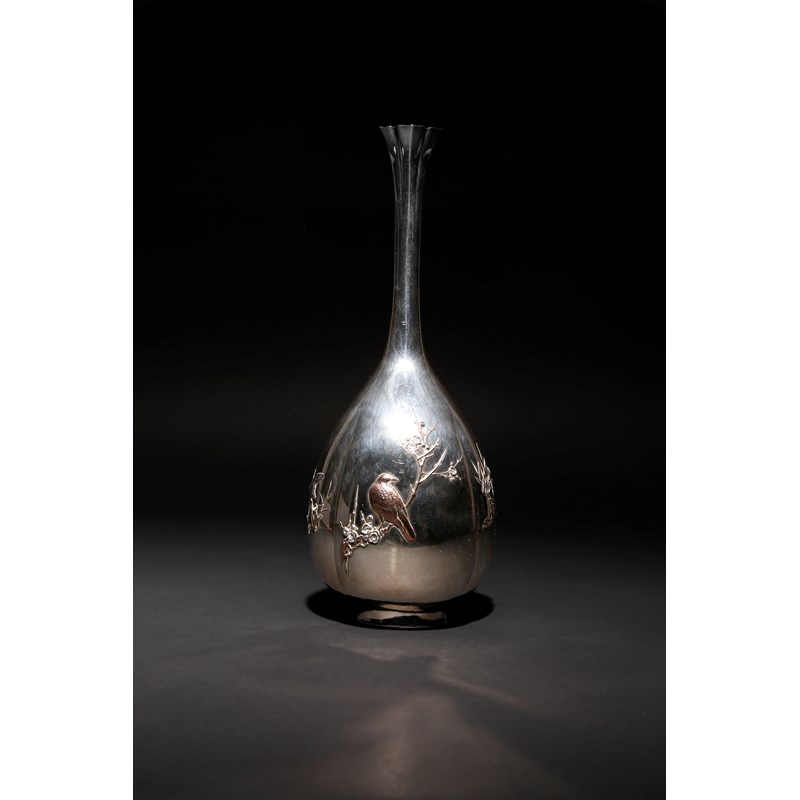

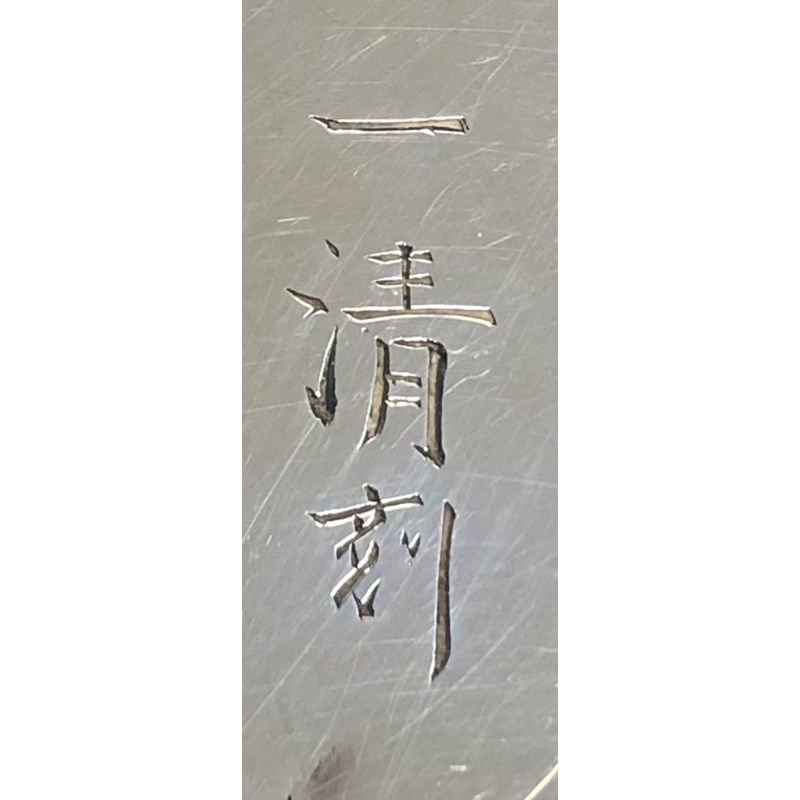

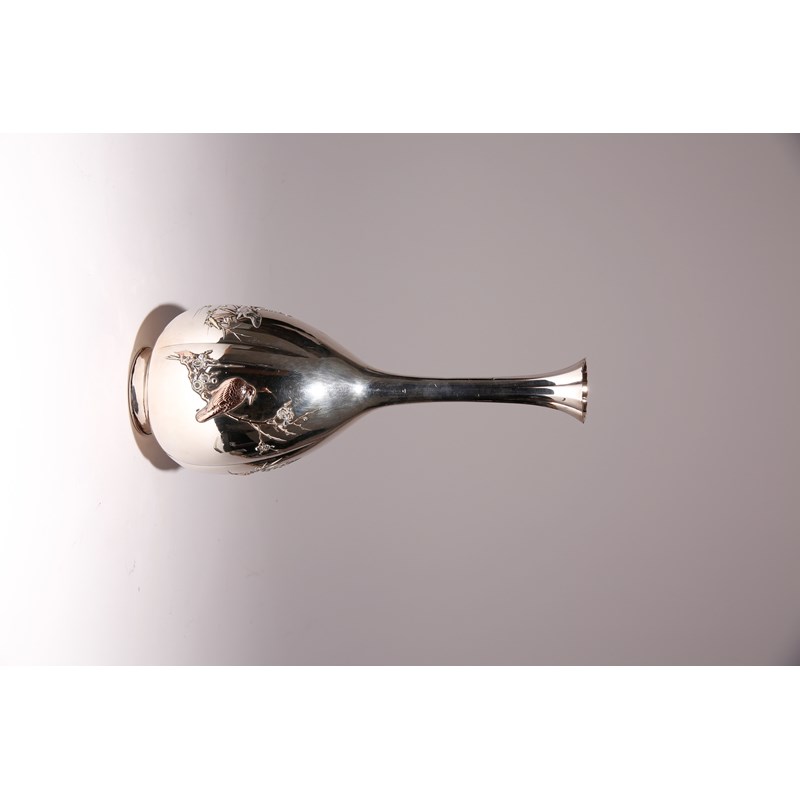
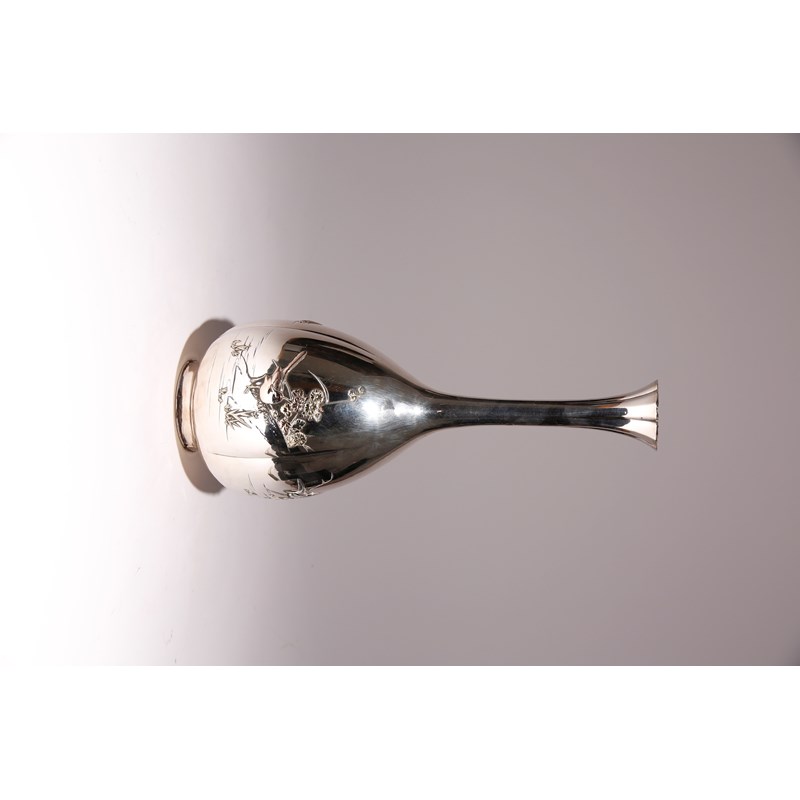
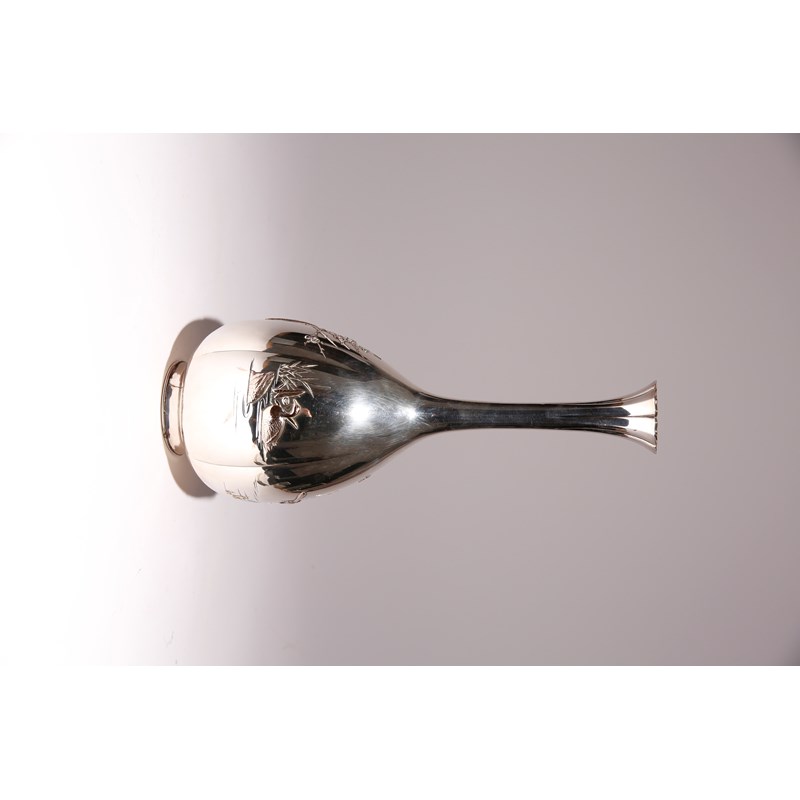
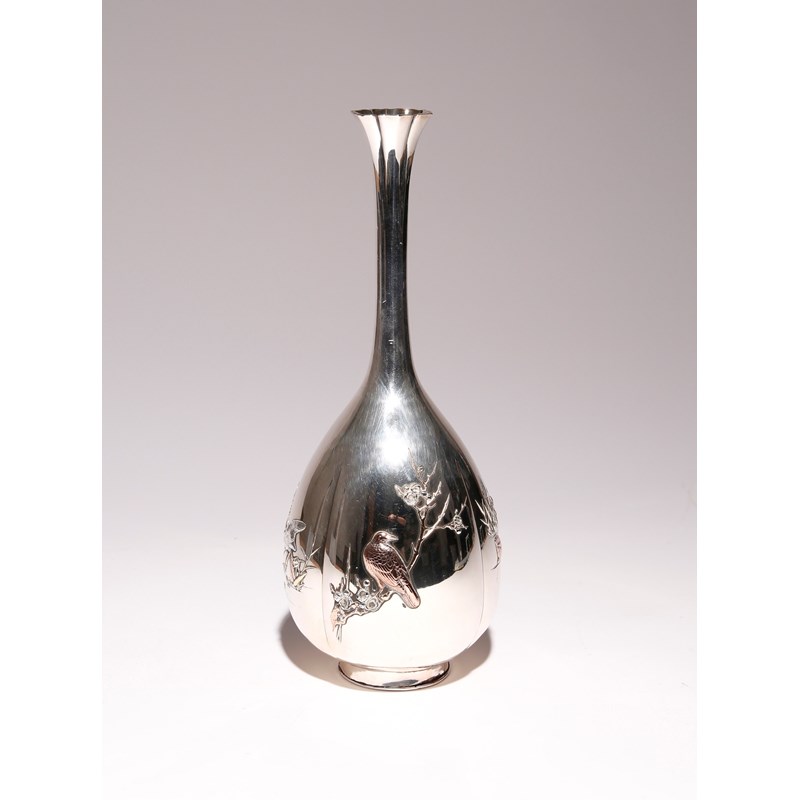


 Live online bidding is available via our own
Live online bidding is available via our own